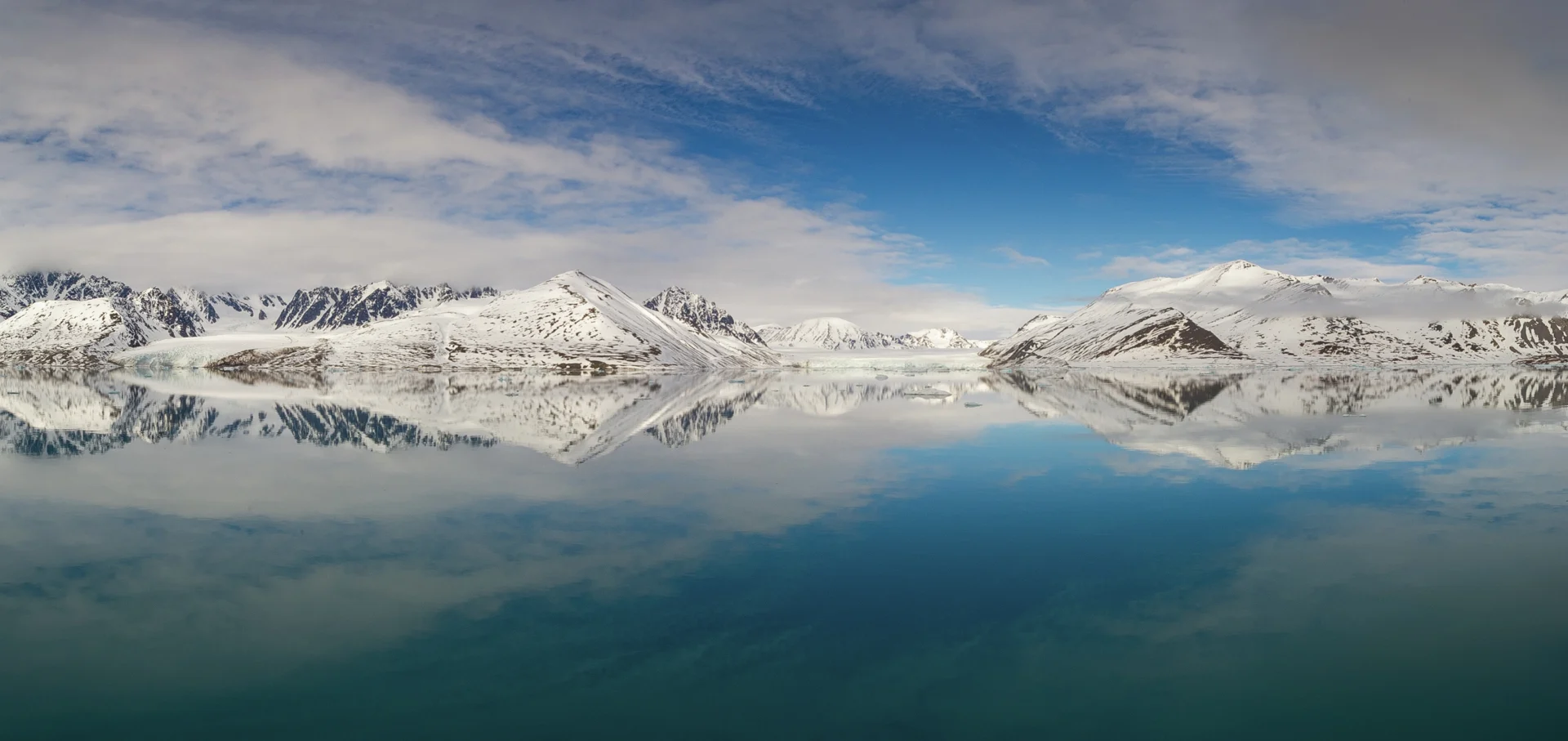
Svalbard: Travel Guide
From endless day to endless night, everything about the Svalbard archipelago is extreme. This is the Arctic at its wildest.
Svalbard balances at the very top of the world. Spanning the 74th and 81st parallels north, the Arctic archipelago is closer to the North Pole than it is to Norway.
This is a frozen land of calving glaciers, iceberg-flecked fjords, and polar-adapted animals, such as walruses, blue whales, and polar bears. It’s also a place where sunlight dances on the ocean’s ripples and wildflowers transform the tundra in mere days. In summer, the sun doesn’t set for four months. In winter, the longest night lasts for nearly three months, creating an uninterrupted canvas for the Northern Lights.
If it weren’t for the Gulf Stream, Svalbard’s nine main islands, of which Spitsbergen is the largest, would be locked in ice all year round. Thanks to those warming waters, the best way to visit Svalbard is on a cruise.
Read on to find out when and how to travel to Svalbard, what to do when you get there, and learn more about its history and wildlife.
When is the best time to visit Svalbard?
In Svalbard, the seasons swing between summer and winter far more rapidly than most of us are used to. Locals refer to three distinct seasons: Polar summer, from mid-May to the end of September; Northern Lights winter, from October to February; and sunny winter, from March to mid-May. Average seasonal temperatures range from -20°C in January to 7°C in July, although variations can be extreme. The coldest Svalbard temperature on record is -43°C (March 1986). In July 2020, the temperature peaked at 23°C.
The length and depth of the Polar Night here makes Svalbard one of the best places in the world to see the Northern Lights. The sun doesn’t peep above the horizon from 26 October to 16 February. The very darkest night blankets the islands from 14 November to 29 January, when the sun is more than 6 degrees below the horizon. You’re as likely to see the Northern Lights at lunchtime as you are at bedtime.
Svalbard’s summer months, lit by the Midnight Sun from 20 April to 22 August, are the best time to spot wildlife and take in the archipelago’s incredible scenery. This is also when the milder Svalbard weather conditions make outdoor activities such as hiking, e-biking, and boat safaris much more comfortable.
How to travel to Svalbard
It’s easier to reach this remote Arctic outpost that you might expect. Most visitors fly into Longyearbyen, Svalbard’s main settlement, from Oslo or Tromsø, but there is a more scenic way to get here too. The Svalbard Express sails from Bergen to Longyearbyen and Ny-Ålesund and back again via several carefully chosen Norwegian ports, or you can choose the Northbound Voyage and disembark in Longyearbyen.
Once you’re here, public transport is virtually non-existent. It’s dangerous to explore beyond the boundaries of Longyearbyen without a professional guide, due to the threats posed by polar bears. The edge of safety is marked by a series of road signs depicting polar bears.
A cruise is the best way to visit Svalbard beyond Longyearbyen. The Spitsbergen Adventurer hugs the coast as it travels towards Moffen, grazing 80° North. Like The Spitsbergen Adventurer, The Svalbard Express sails along some of the most spectacular fjords in the world, and you can explore further into these storied islands on guided landings and excursions.
Our Svalbard cruises
- Save up to 25% off selected sailingsSolo Traveller Offer
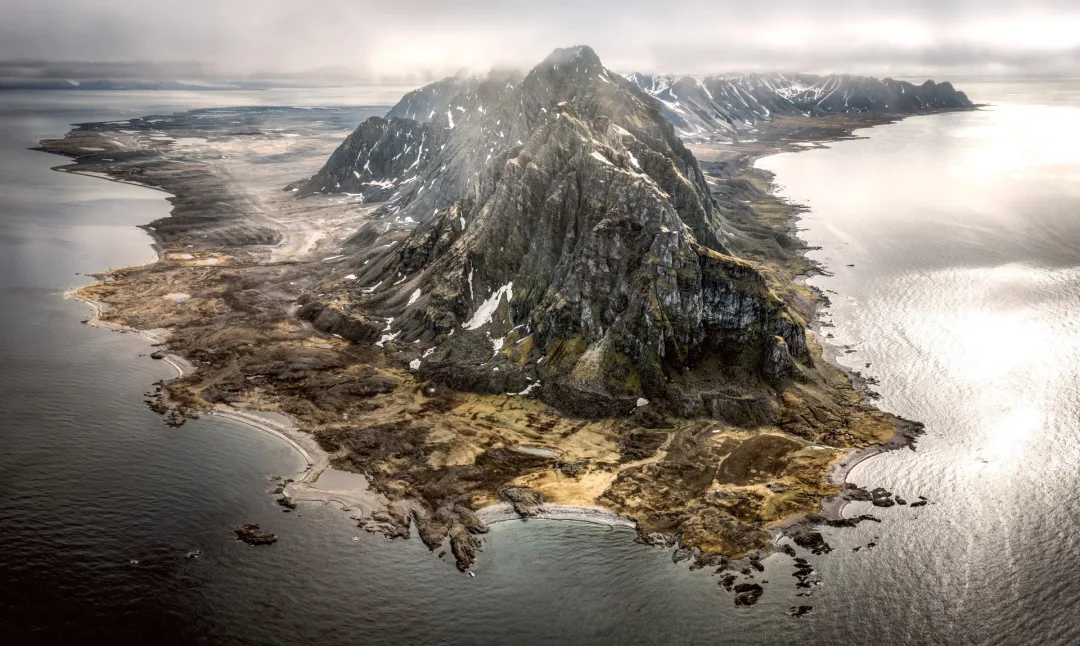
The Svalbard Express | Full Voyage (2024)
Route
Bergen - Longyearbyen - Bergen (Roundtrip)
Departure Dates
May - September - 16 days
Price from
€4,859
Ship
MSTrollfjord

The Spitsbergen Adventurer | Sundays to Fridays
Route
Longyearbyen - Moffen - Longyearbyen (Roundtrip)
Departure Dates
May - August - 6 days
Price from
€1,690
Ship
MSNordstjernen
- Save up to 25% off selected sailingsSolo Traveller Offer

The Svalbard Express: Northbound from Bergen to Longyearbyen
Route
Bergen – Longyearbyen (Northbound)
Departure Dates
May - September - 11 days
Price from
€3,151
Ship
MSTrollfjord
The best things to do in Svalbard
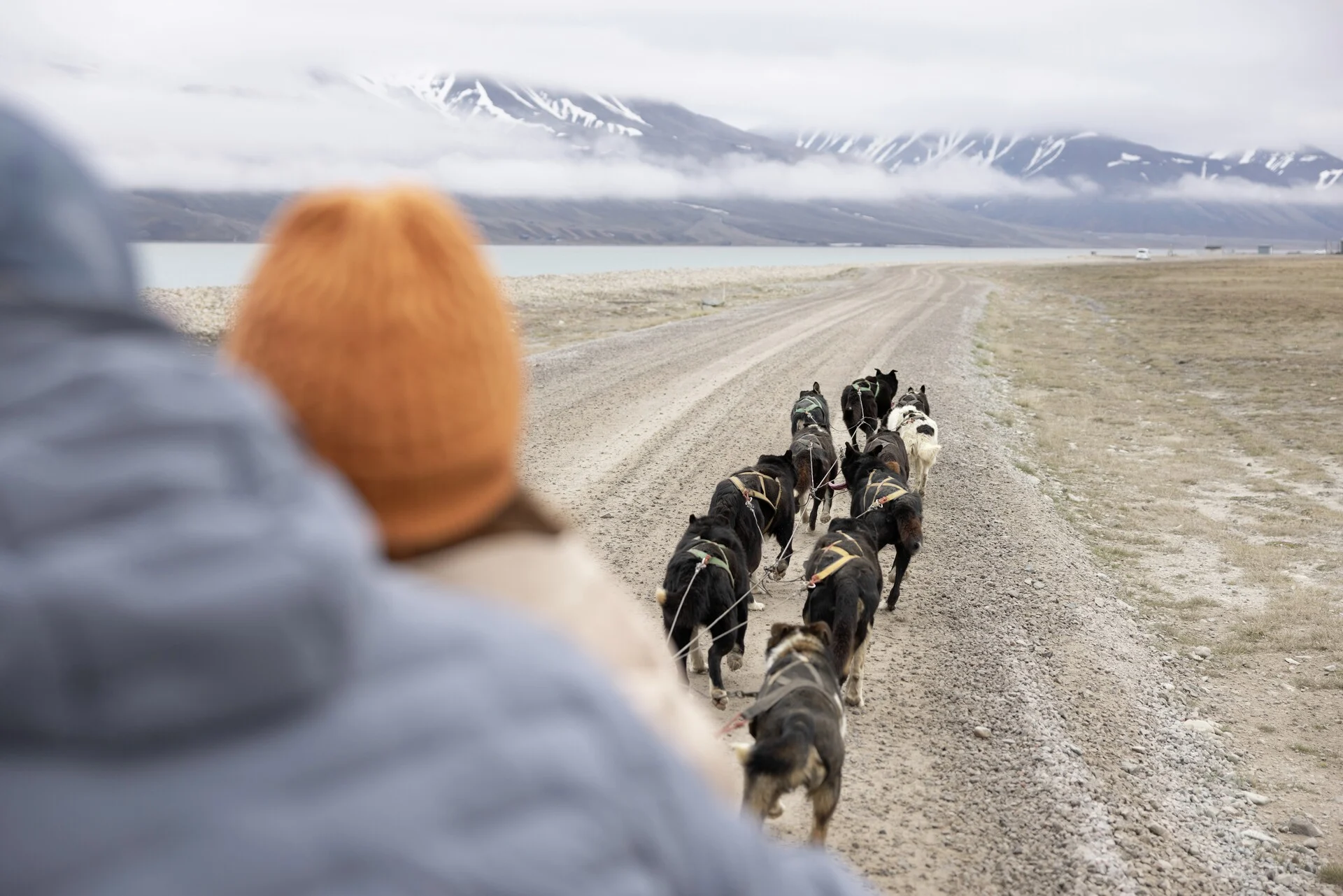
Try dog sledding
Not only for the snowy months! Dog sledding on wheels surrounded by mighty mountains is an unforgettable experience, especially beneath the Midnight Sun.

Taste Longyearbyen
Svalbard’s capital is home to only around 2,500 people, but it’s a surprisingly cosmopolitan place, home to one of the best restaurants in Norway and the world’s northernmost brewery.
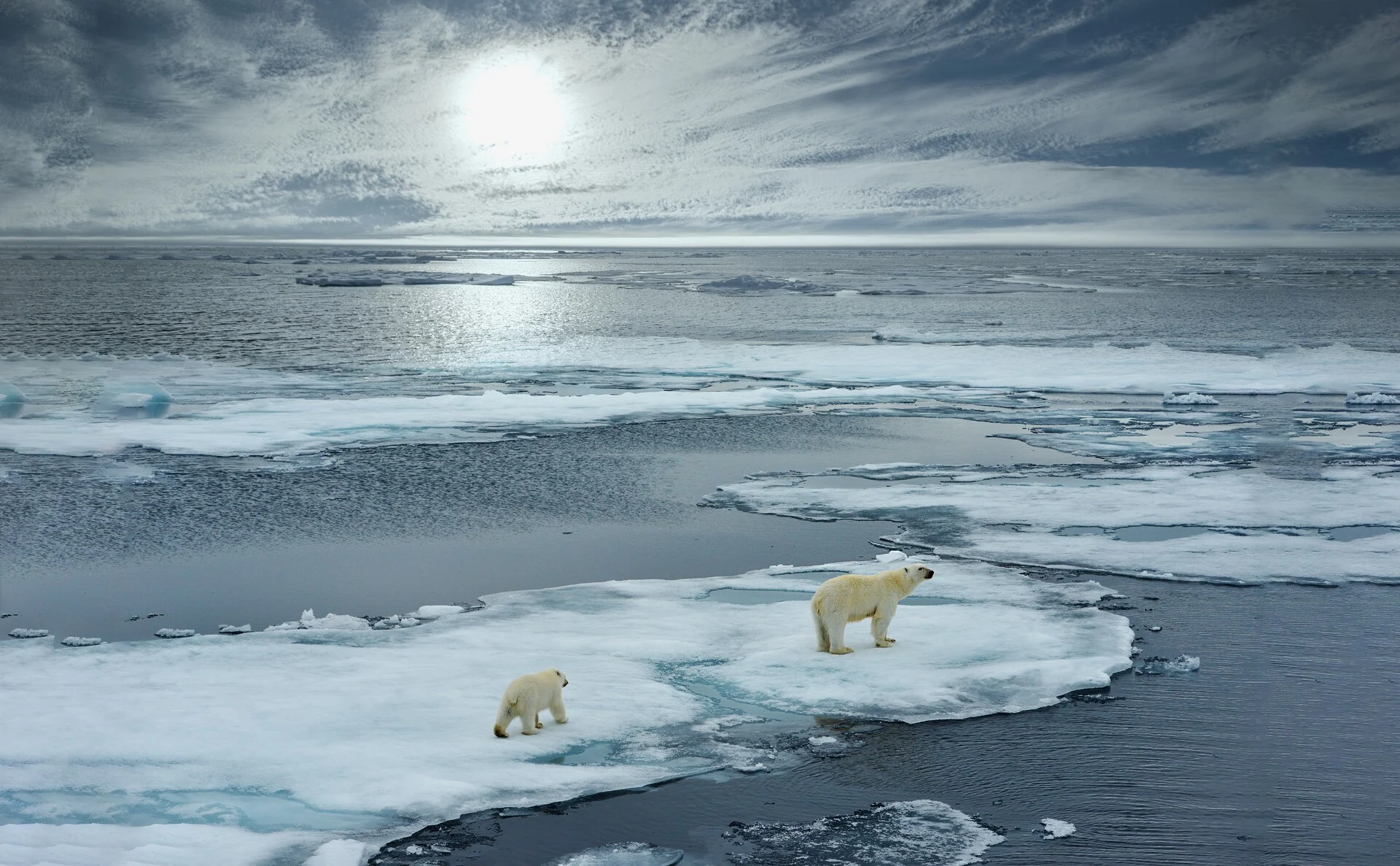
Watch for polar bears
Svalbard is one of the best places in the world to see polar bears. There’s no guarantee, but you might see them prowling Svalbard’s shores and ice floes as you sail past.
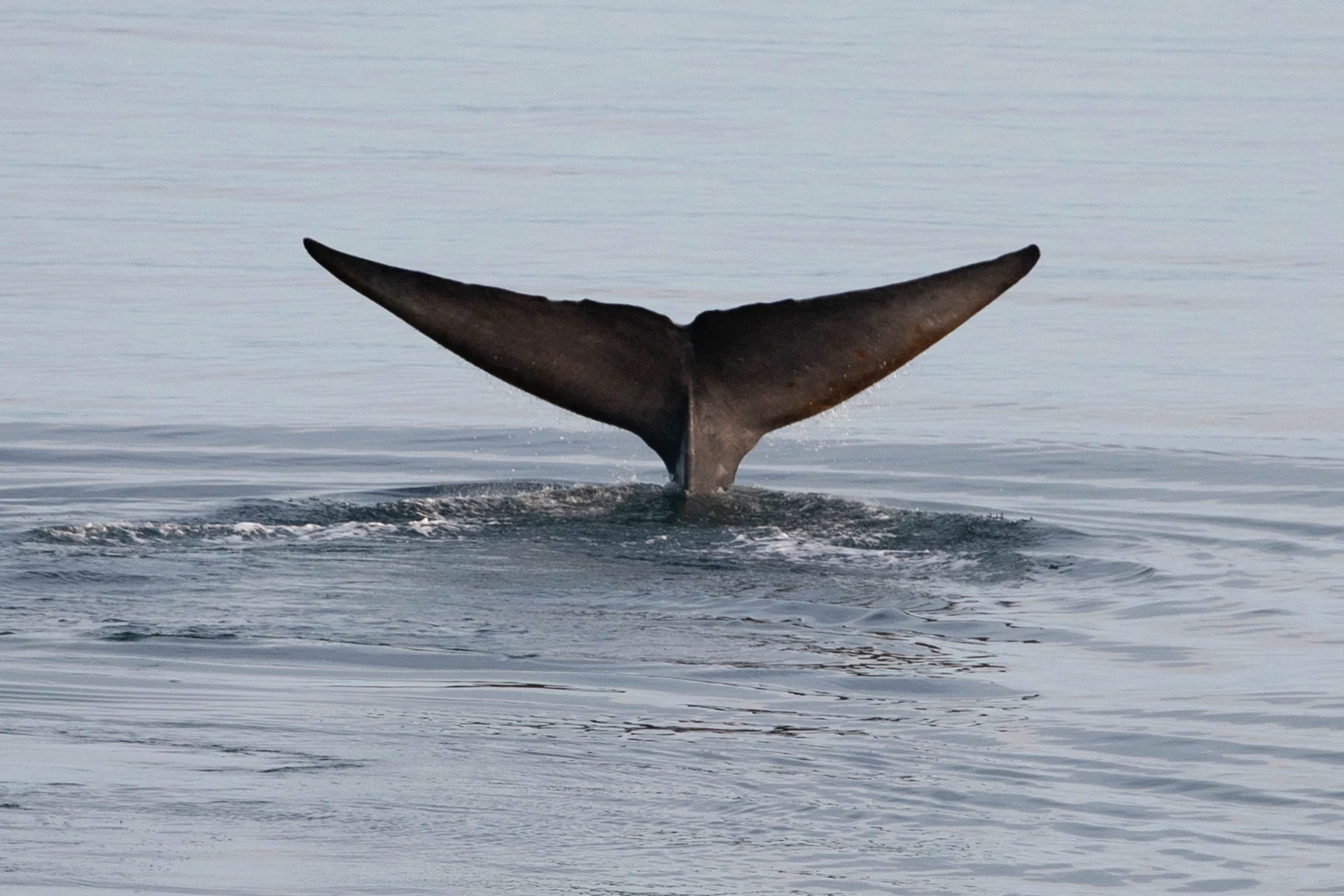
Go whale watching
Blue, beluga, and humpback whales frequent these waters in summer. Look out for them breaching, spouting, and spyhopping among the icebergs.

Dig into Svalbard’s past
Peel back the layers of Svalbard's heritage as you discover its whaling past, the cultural legacy of coal mining, and Svalbard’s role in modern science.
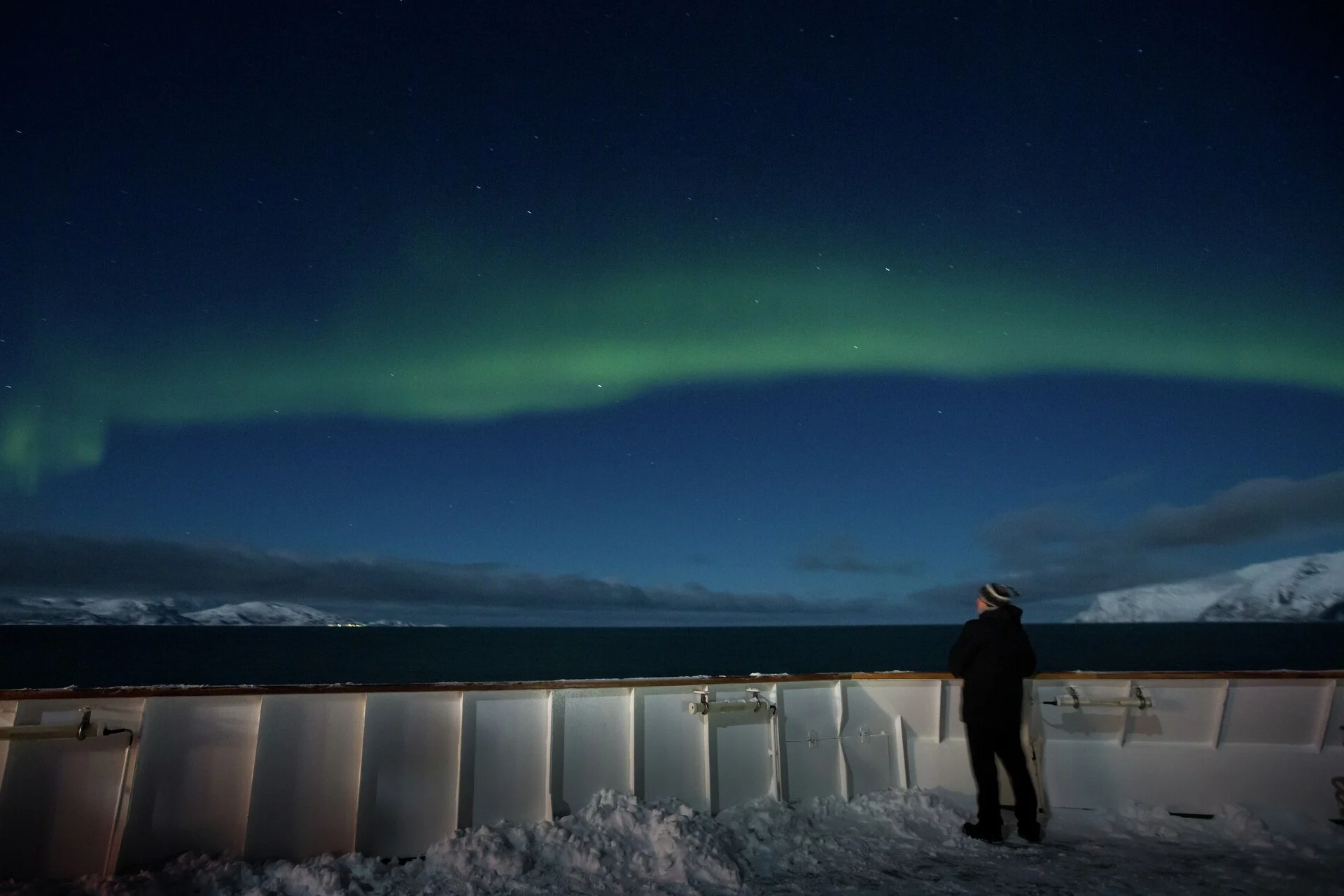
Chase the Northern Lights
If you’re here in the winter, you stand a good chance of seeing the elusive Northern Lights, a mesmerising spectacle that brightens up the long Polar Night.
6 surprising facts about Svalbard
1. Visas? No need!
Did you know that you don't need a visa to live or work in Svalbard? It's all thanks to the Svalbard Treaty of 1920. People from more than 50 different countries live here, bringing with them a lively mix of cultures and stories.
2. Svalbard has more polar bears than people
Believe it or not, there are more polar bears roaming around Svalbard than there are humans! An estimated 3,000 polar bears live here, plus the many creatures that make up their food chain, such as walruses and seals.
3. Guns are recommended
When you step outside the settlements in Svalbard, carrying a gun is more than just a safety tip; you’d be foolish not to. It’s legally required to carry some kind of polar bear deterrent, and firearms are the most effective way to protect yourself.
4. With love, from the top of the world
The small village of Ny-Ålesund is home to the world's most northerly post office. It's not just a lifeline for the locals but also a magnet for stamp collectors dreaming of those rare Arctic postmarks.
5. No births, no burials
Life should not begin or end on Svalbard. Due to a lack of medical facilities, expectant mums usually head to mainland Norway for childbirth. And because of the permafrost, burying the deceased in coffins here isn't possible either. Life's cycle quite unique here.
6. Wi-Fi in the wilderness
Despite its remote location, Longyearbyen boasts one of the highest broadband internet speeds in the world. It’s connected via an undersea fibre optic cable. Once you leave the town, however, connectivity is largely restricted to satellite phones or InReach devices for emergencies.
More about Svalbard
From its incredible variety of flora and fauna to its surprising history, there’s far more to Svalbard than darkness, daylight and ice. Read our guide to Longyearbyen, brush up on Svalbard’s intriguing past, and find out why the archipelago is home to such a remarkable range or wildlife – and how it’s playing an important role in climate science and conservation.
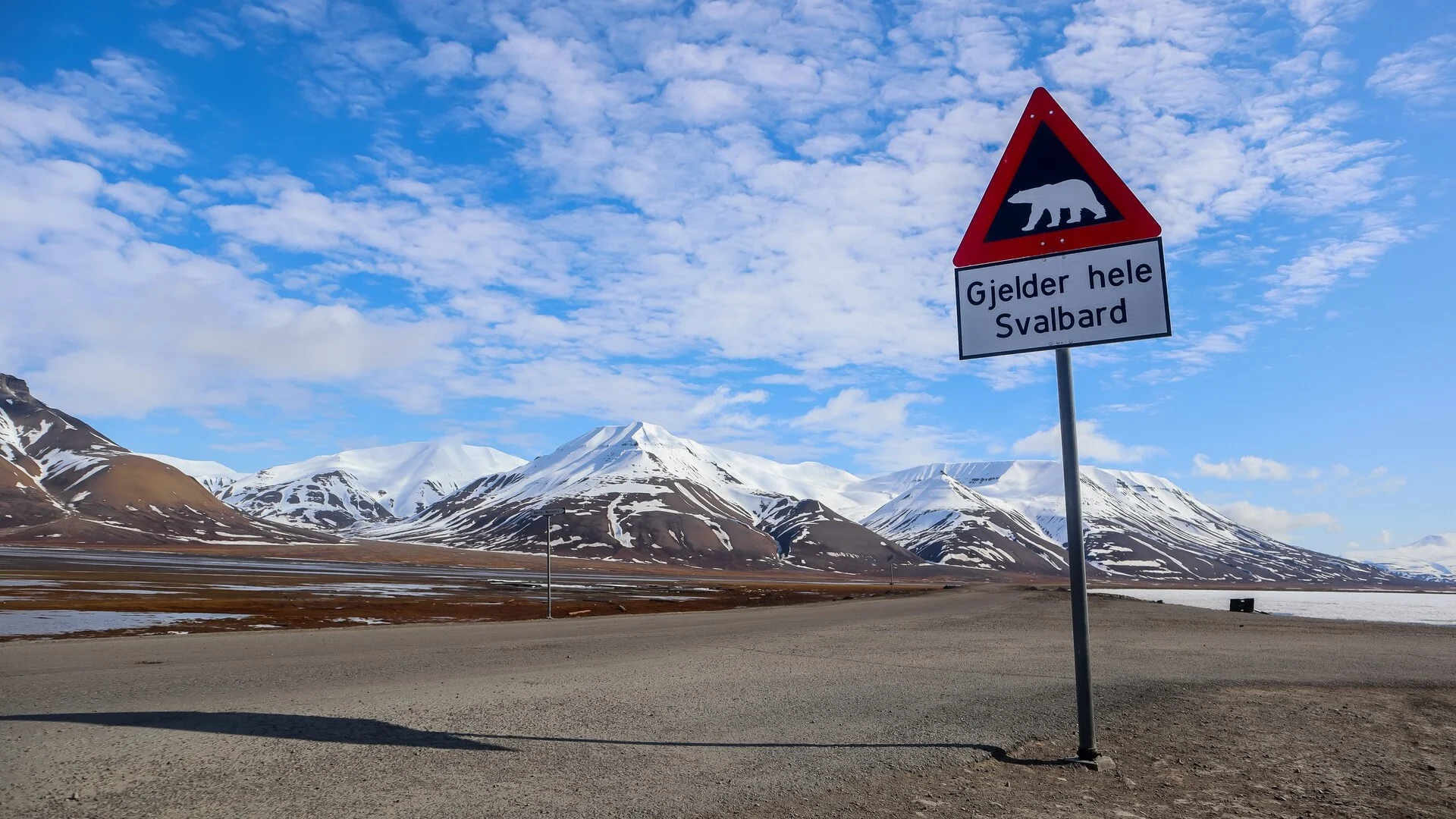
inspiration
Nature and wildlife in Svalbard
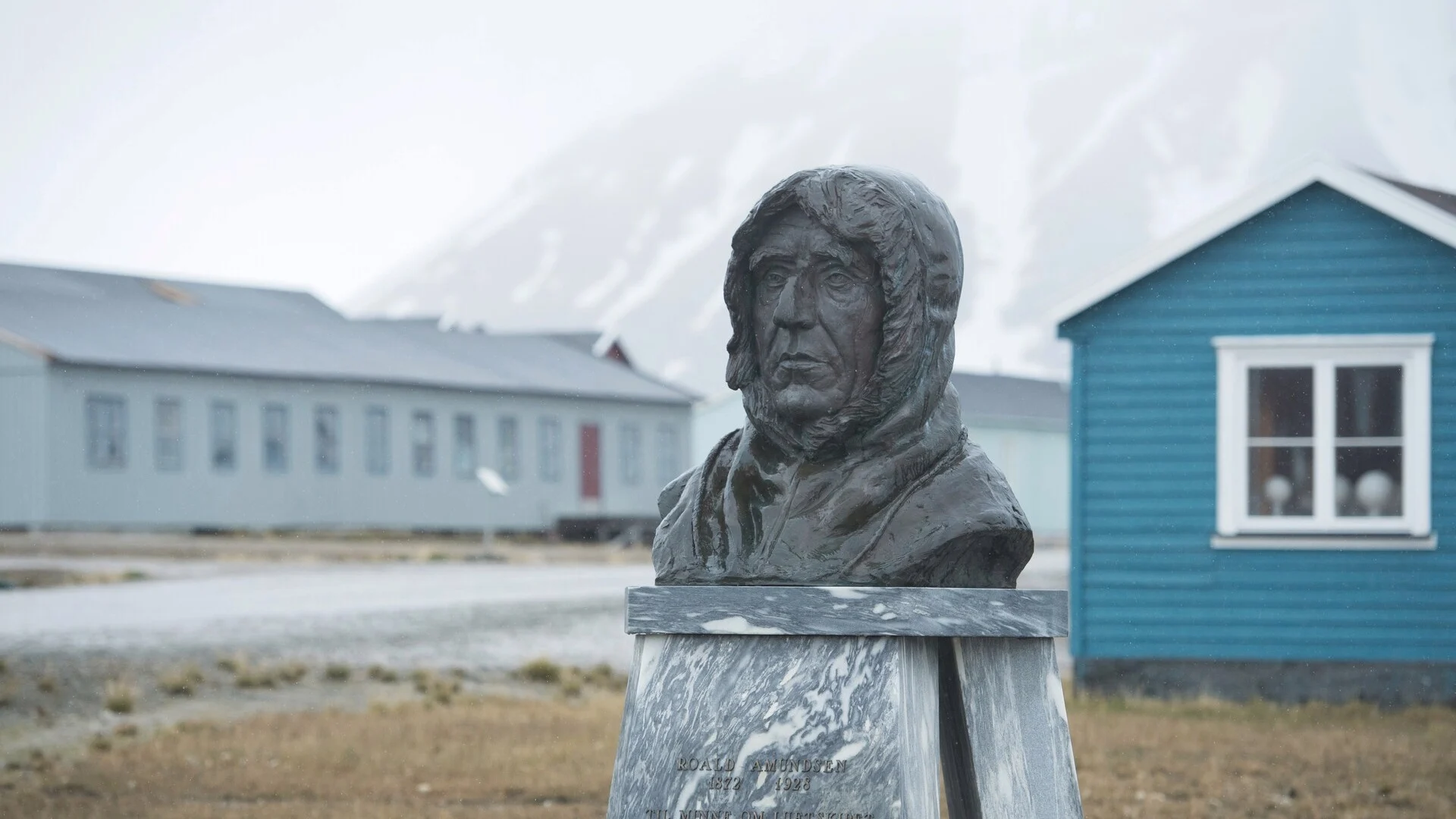
inspiration
Svalbard’s intriguing past
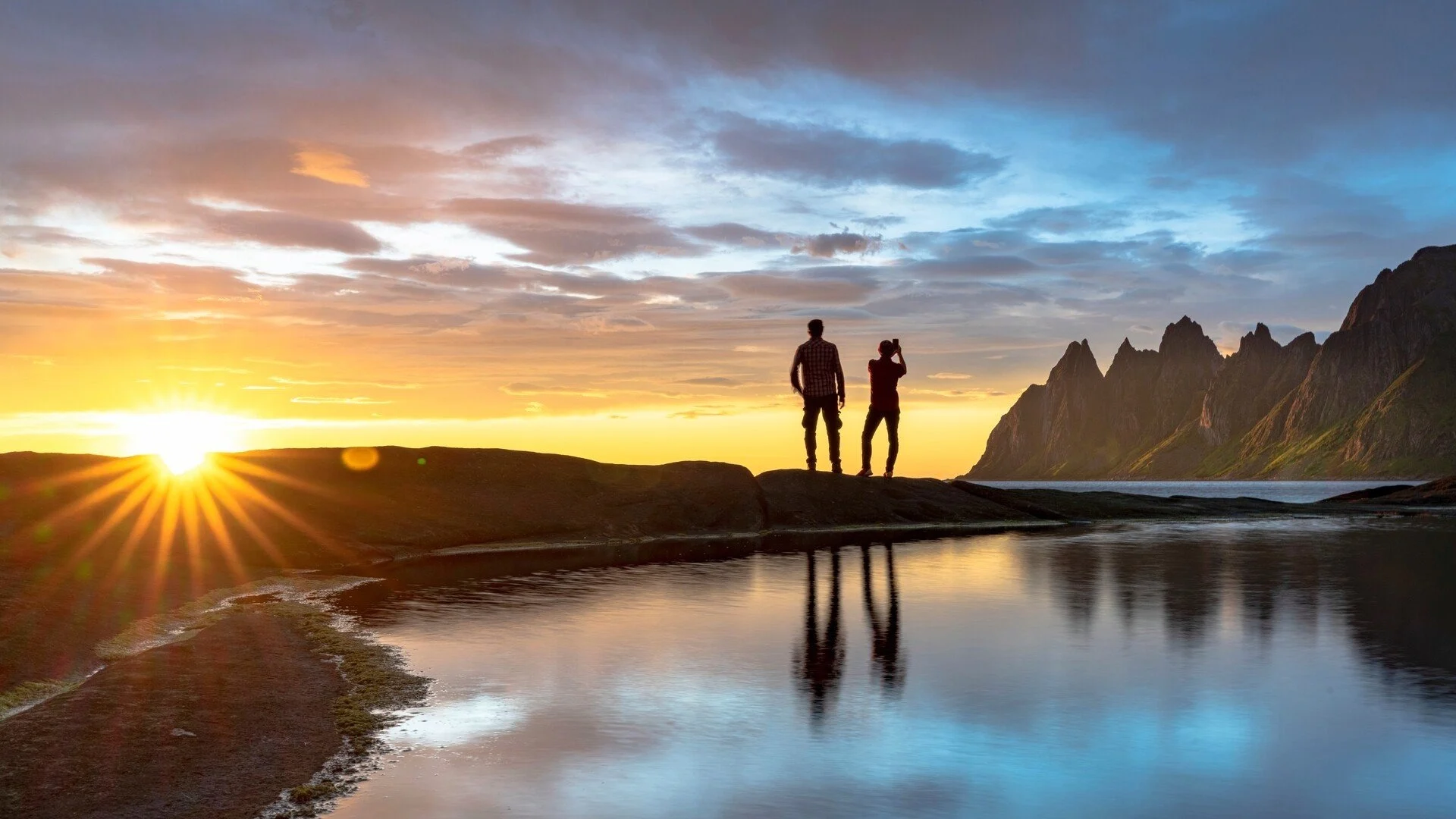
inspiration